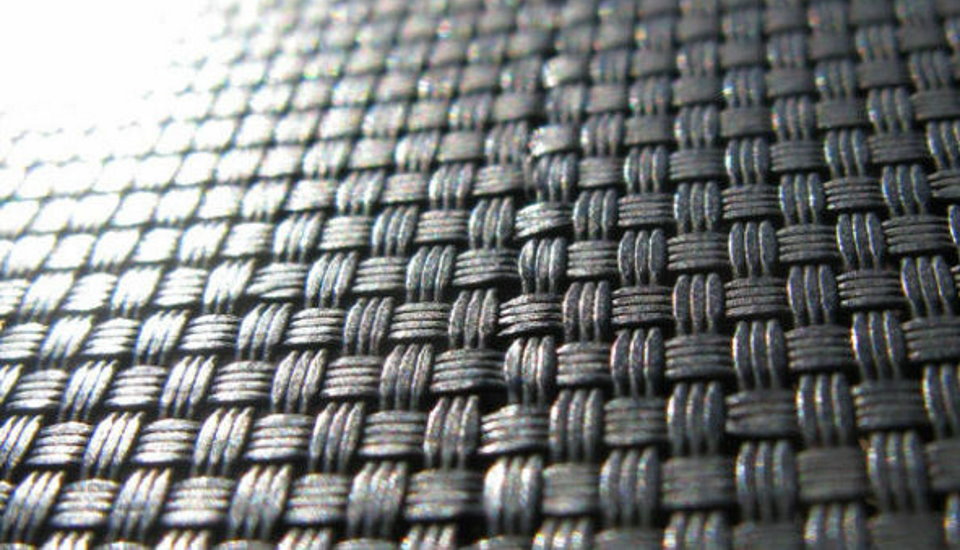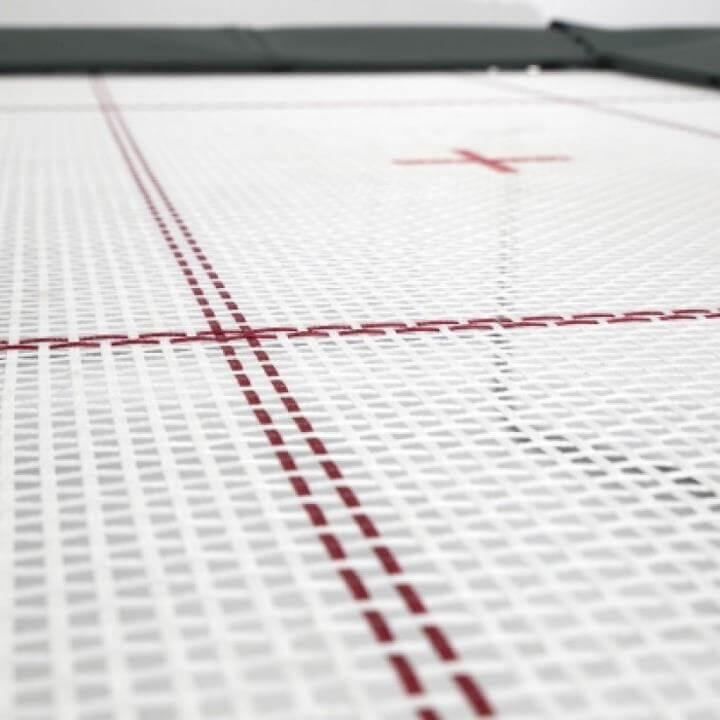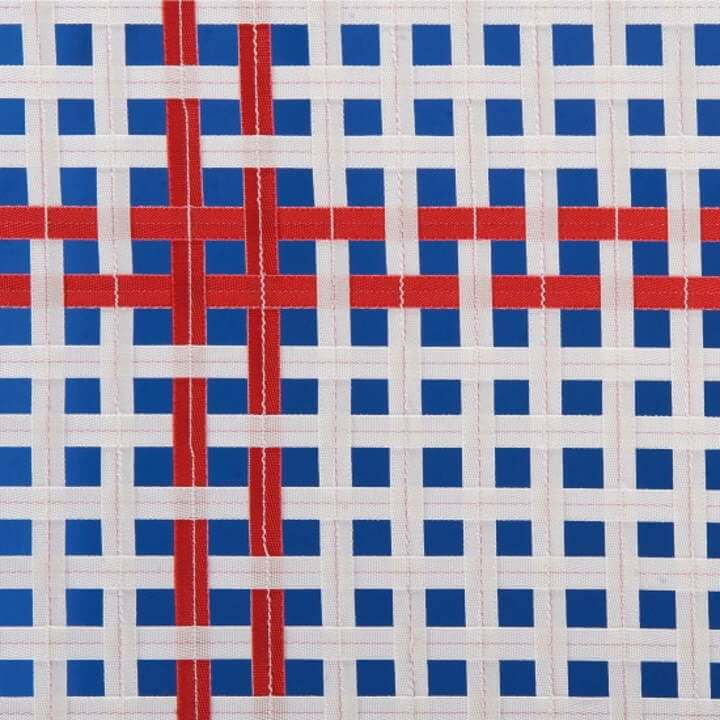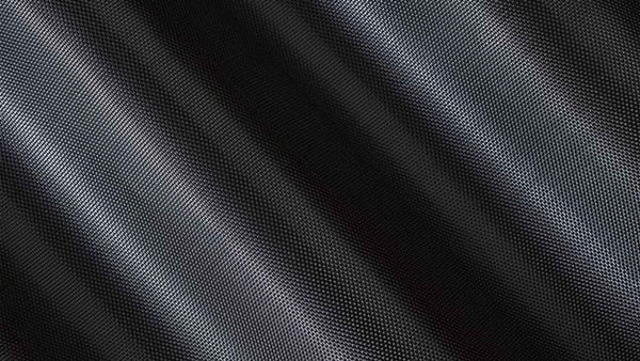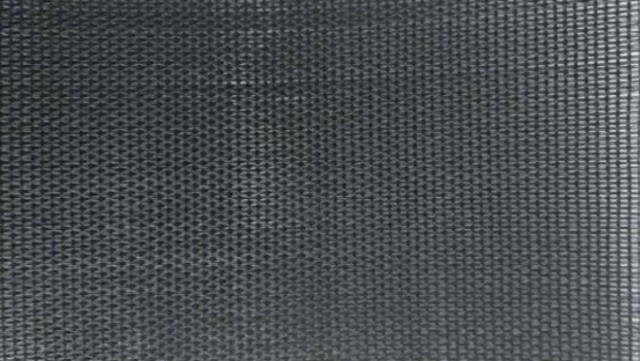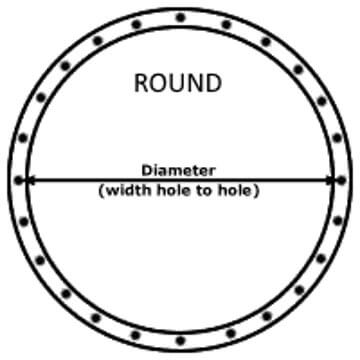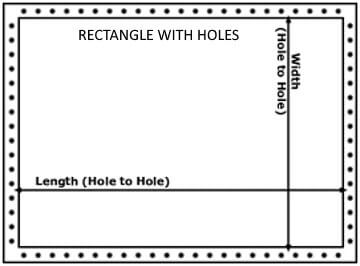…or trampoline jumping bed, different name, same meaning.
The trampoline mat (yes, that black thing on the trampoline) is only part of a trampoline in direct contact with a jumper. Proper, regular control and inspection of the trampoline mat are required and recommended. If the mat gets torn, it presents a life-threatening danger for anyone using it.
The main advice is to check the trampoline mat on a weekly basis if kids are using it. If you find that your trampoline mat is scratched, losing its stitching has a hole, or it’s cut – immediately stop all activities and get it fixed before further use. Under any circumstances do not use the trampoline mat on which you found irregularities before fixing it! You can get it repaired, but if you don’t have a service shop nearby, postal expenses will probably be too high. In that case, you should buy a new one. It will be easier. There are different DIY kits for mattress repair available online, but this is something we definitely can’t recommend, as it will be a huge safety risk.
What is the material used?
Almost all trampoline mats are made from polypropylene (thermoplastic “addition polymer” made from the combination of propylene monomers), which is a highly durable woven fabric of incredible elasticity and endurance. It is a strong and durable fabric with heavy-duty stitching into a mesh, made to withstand the longest possible period of usage.
Trampoline mats are usually waterproof, but still can be damaged by natural elements. If it rains over the trampoline make sure to dry the mat before the sun comes out. The water can focus on the sun’s rays to cause more damage to the mat. It is always a good idea to keep the mat dry, in case an unaware jumper wants to go for a jump!
Most outdoor mats do have UV-resistant properties because the biggest enemy of trampoline mats is the sun. That’s why it is recommended to keep trampolines in shady places or to buy trampoline covers.
Classification of trampoline mats!
Trampoline mat usually goes into 3 distinct categories – Olympic grade mats, semi-professional and home-use mats.
As Olympic trampoline jump mats are made of strings (usually nylon), which is more porous than the average trampoline jump mat and provides greater reactions to force. The width of the fabric band size ranges from 6x6mm to 25x25mm. The width of the fabric band and the size of the gaps between the weave affects the performance of the mat, the thinnest providing the largest jumping depth and rebound. The mat on a competitive trampoline is approximately 14×7 ft. in size. They can be found on a trampoline like Eurotramp 4×4 Ultimate, and it’s overkill for standard home use.
For this reason, we’ll only focus on semi-pro mats and regular home-trampoline mats, where it’s not about materials as is about shape.
Mat classification by shape
We can classify them on – round mats, rectangular, oval, octagonal, and square mats. Mostly round and rectangular trampoline mats are used. Round trampolines for recreational purposes while rectangular for professional purposes, mostly by gymnasts.
The difference in the bounce is caused by the difference in the stitching techniques – round trampolines mats are stitched, and in rectangular overlayed. Over-layed trampoline mat produces higher bounce for a jumper and it’s mostly found on high-end home rectangle trampolines, as 90% of manufacturers use stitched mats.
Rectangular mats provide the best possible bounce, usually combined with enough jumping area to do tricks of any kind. Have that in mind if you`ll find yourself in the position of buying a new trampoline.
Depends how much it is used, trampoline mats are usually the first to wear out. Properly maintaining trampoline and its parts will give the best possible sense of satisfaction for the jumper and trampoline owner.
Time to buy a replacement mat!?
After a while, all mats need a replacement, even the highest quality ones. As this is the only part of the trampoline constantly in direct touch with your feet it is always better to give a bit more and get a lot in return.
There are 3 important steps!
- The first step in choosing a trampoline replacement mat is measuring the diameter of a trampoline. It doesn’t have to be complicated; it just needs a few minutes of your time – and a tape measure. To calculate your diameter or size on rectangular just measure it like shown on images below!
- Second, count the number of V-rings (a place that connects mat with springs). Each mat has a specific number of V-rings, so you need to match to your current one (the number of V-rings is related to the number of springs)
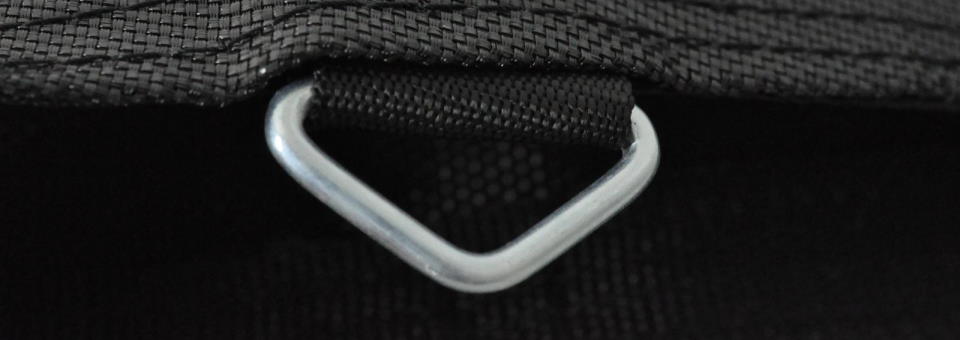
- Third, measure spring length, as every mat fits to a frame with a designated spring length! (image below)
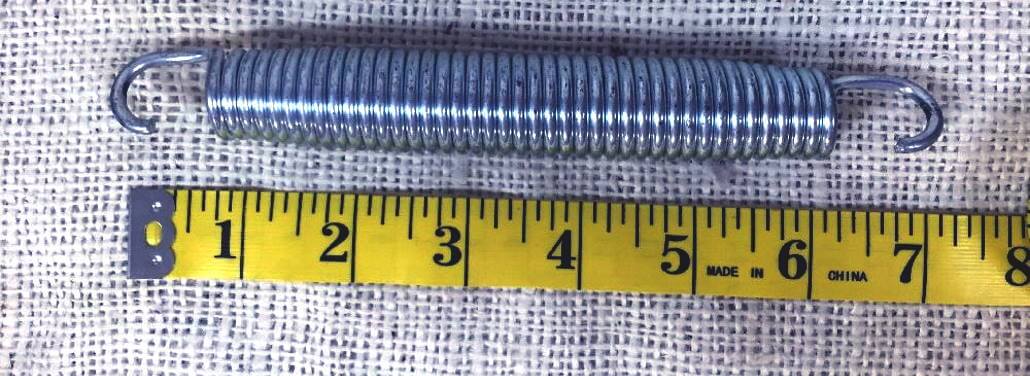
Square and rectangular mats are the easiest to measure. Simply record the width and the length from one edge of the mat to the other. Round mats are a little bit more complicated because you must measure the diameter. Place the tape measure at one edge of the mat where the circle is the widest. Always check if you got it right, measuring your trampoline mats several times before you order a replacement.
To summarize, the quality of trampoline mats can highly improve your jumping experience and if you decide to change an old one, it will feel like you bought a new trampoline. Of course, the mat is not the only thing that is important for the quality of the jump, as height itself is dictated by trampoline springs!
MAT FINDER COMING SOON!

